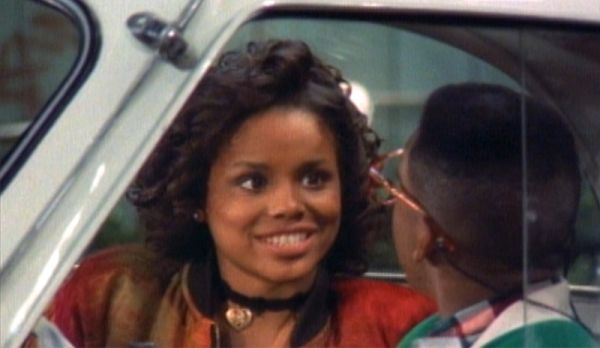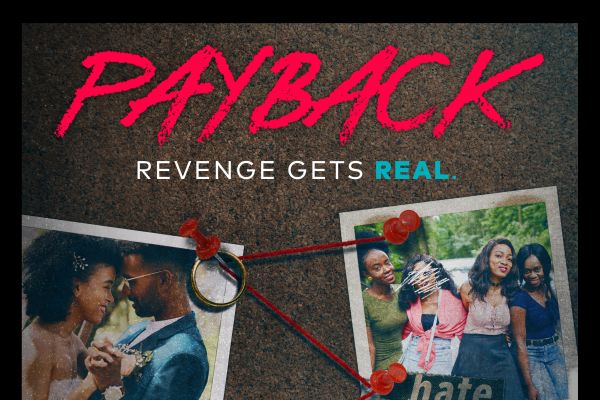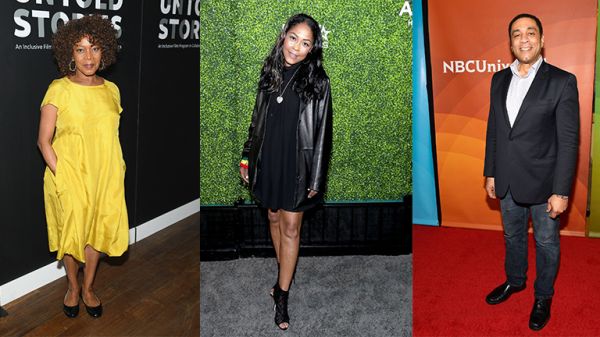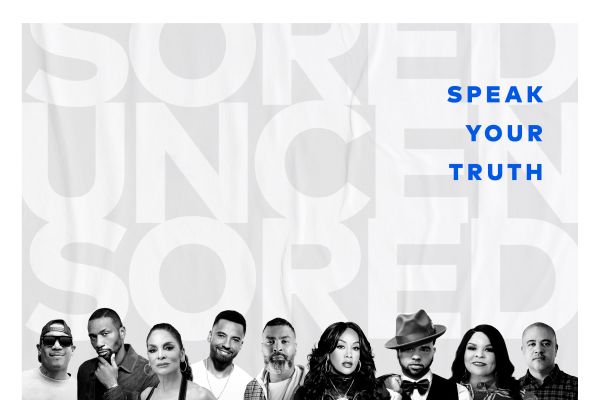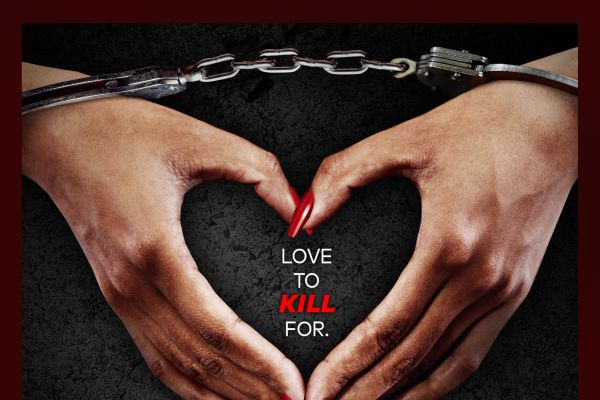Photo by: Monarch Magazine
As the late Tupac Shakur once said: “long live the rose that grew from the concrete.”
Growing up in urban cities in America, especially in East Harlem, New York, that statement rings true.
The right name, fly clothes, and perfect home can grant one much success.
They set the tone and standard for the lives we lead and oftentimes provide purpose and significance. If a great wizard can perfect this formula and apply it to a particular situation, they can alter society and people’s lives.
Harlem’s very own Dapper Dan was able to control that force and achieve notoriety on a worldwide scale by leveraging knowledge, ability, taste, and most importantly hustle.
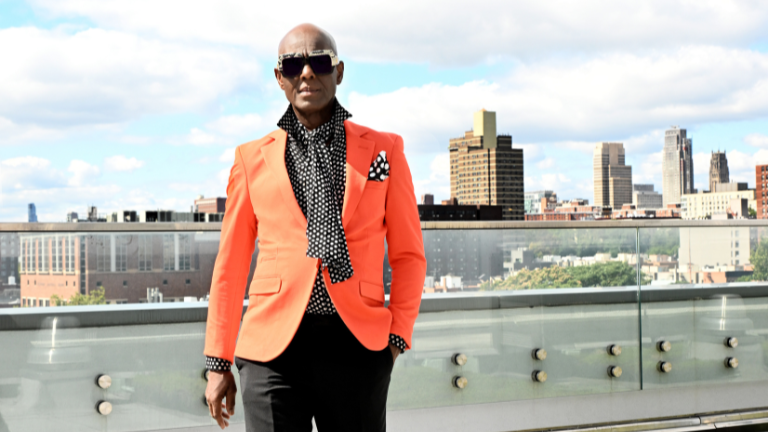
Photo by: Monarch Magazine
Monarch Magazine had the honor of being in his company and learning about his life, influences, and path to becoming a world cultural designer from him. Their cover story, “Once Upon a Time in Harlem” was released this month and is the way here for the fashion legend receiving his flowers.
Hailing from Lexington Avenue, Dapper Dan has truly stood the test of time. From seeing Harlem in its true form of being a village and not a community, to what the area has become after the various changes such as the crack epidemic to gentrification, that experience has influenced his vision.
“One of the most amazing things about growing up during that period was we never lost a friend through violence,” he told Monarch. “We didn’t have to lock our doors at night; all the crime was downtown. Simply put, Harlem was amazing. I’m from the very last generation to see Harlem without a drug epidemic. I saw what we were like before and after, so I try to educate young people on who we really are.”
In bridging the gap between many changes in Harlem and the mainstream fashion industry, Daniel Day has successfully blended the two different worlds perfectly.
As someone who proudly embodies the term Sol, one who contains the wisdom of Solomon, and became a master of the streets, Dapper Day understood the hustler mentality, which played a catalyst for getting into the high-end fashion world.
During a time when it was unheard of to step out onto 125th Street and not be dressed to the nines, Dapper Dan said he saw the opportunity to make a change to not only Harlem but in the high-fashion world – especially with the growing demand of wearing the best of the best.
He seized the opportunity to meet with the wholesalers that provided white boutiques with luxurious items such as leather jackets with possum lining, and other items. Truly ahead of his time – those items and boutiques were only accessible to the middle, and high-class Harlemites back then.
After buying the luxury goods for $400, he would sell them for $800, which was cheaper than what the white-owned boutiques were charging. As the news began to spread around of Dapper Dan becoming a serious competitor, these boutique owners threatened to stop all business with the wholesalers.
However, that didn’t detour him from his dreams of becoming a designer.
“I had to be my own enforcer. Brands now hire influencers, and that influence rises and falls. But when you are in the street, it doesn’t work like that,” he said, “You have to build on who you are. You have to build a connection to your community, and then, bottom line, you have to love yourself and the people you’re serving. And I do all that.”
He recalled being in the neighborhood and seeing Senegalese men selling artifacts on the street. After getting pieces made by one guy, he ended up quickly having more than 20 Senegalese Africans working for him.
After becoming known for his unique jackets, Dapper Dan began to gain celebrity clientele, including prominent rappers and gangsters.
“All the gangsters were coming to get dressed by me. At that time, hip hop was on the rise, and the artists wanted to dress like the gangsters.”
During the rise of hip-hop, fashion played a significant role in the culture. Who had the freshest fit, was indeed the flyest emcee and was the total package were all top of mind!
From Eric B. and Rakim to LL Cool J, and Salt-N-Pepa – Dapper Dan’s designs are credited for the intersection of hip-hop and fashion and how they have influenced one another for more than 50 years.
Additionally, he makes sure that everything takes place in his native Harlem. As he began dressing hustlers and criminals, Dapper Dan became well-known for using the emblems of luxury companies like Gucci, Louis Vuitton, and Fendi on these same hip-hop heroes.
The legend’s namesake Harlem store was raided by the FBI and brands, and it looked like the store would have to close indefinitely. But, his story of resilience didn’t end there.
Dapper Dan persisted in being a part of the culture, and in one of life’s greatest ironies, a collaboration with Gucci allowed him to start a new chapter in his career in 2017.
Not only did Gucci work with him, but he also began to collaborate with brands such as the Gap as well.
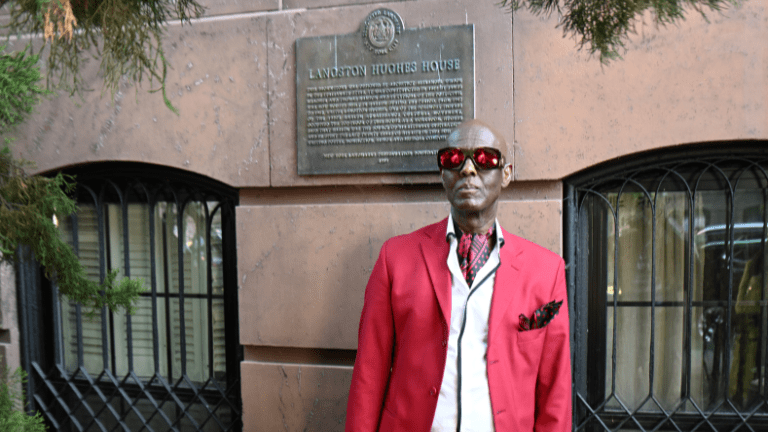
Photo by: Monarch Magazine
After receiving calls to play mediator between the Black stars and luxury designer brands such as Gucci, to make the brand more accessible to its Black customers Dapper Dan explained instead of walking away from these brands pressure must be applied.
“Everybody’s calling me up say, ‘Yo, Dapper Dan, man, fix this. All these stars calling me up; I don’t want to use their names. Dapper Dan, fix this so I can wear my Gucci.’ They can’t wear their Gucci, because they don’t want to get called out by the influencers, by the grassroots. So you see how that works,” he explained.
According to Dapper Dan, the Black community only makes up 3 to 5% of the spending power with luxury brands. However, the Black community has 85% of the influence on those that shop with luxury brands.
And to avoid being called out by the 85% of the influence, the brands will bend if pressure is being applied. Dapper Dan recalled when the pressure was applied on Gucci to be more inclusive and equitable to the Black community.
“We have to pull together, and instead of saying walk away from Gucci, we tell Gucci
to do the right thing and open up the doors. Gucci responded with the Change Makers Program, which opened up all these programs to bring Black people inside,” he said.
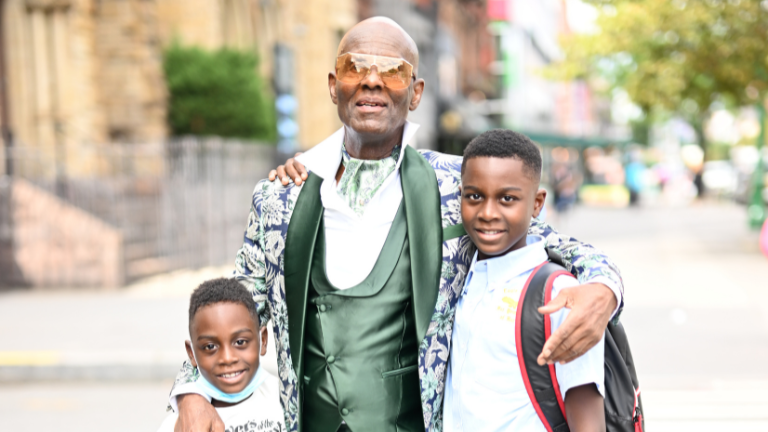
Photo by: Monarch Magazine
Despite his high status, you can find the true Harlemite hero on 122nd and Malcolm X Blvd. giving back to his village through his wisdom and gems that the youngsters who want to follow in his footsteps receive.
To learn more about the iconic Harlemite Dapper Dan, please read Monarch Magazine’s Once a Upon a Time in Harlem cover story.
Like TV One on Facebook and be sure to follow us on Instagram and Twitter.
